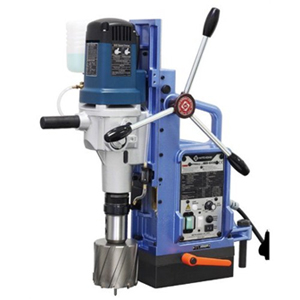Schedule a Call Back
US imposes 26% reciprocal tariff on Indian Exports; CareEdge
 Industry News
Industry News- Apr 07,25

Related Stories

SIT plans to introduce new power transmission solutions in India: Amit Nangre
In this interview, Amit Nangre, Executive Director, SIT PTC India Pvt Ltd, shares insights on the company’s growth journey, challenges, and future opportunities.
Read more
Process equipment industry: Forging India's industrial future
Localisation, advanced technologies, and workforce upskilling will define the Indian process equipment industry’s next phase of growth, says Sanjay Gulati, Manufacturing Head and Whole Time Direct..
Read more
Charting a ‘self-reliant path’ for India’s stainless steel industry
For India, achieving self-reliance in stainless steel is not just an industrial goal; it is a national imperative for building a resilient, competitive, and future-ready economy, writes Rajamani Kri..
Read more















